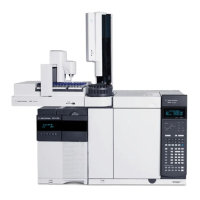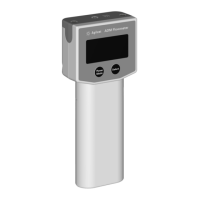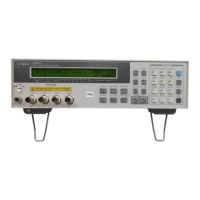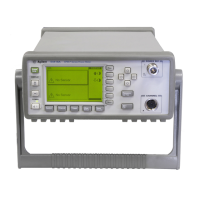Agilent InfinityLab LC Series 1260 Infinity II FLD User Manual 101
Optimizing the Detector
5
Method Development
Procedure III - Make a single run with a DAD/FLD combination
For most organic compounds, UV-spectra from diode array detectors are
nearly identical to fluorescence excitation spectra. Spectral differences are
caused by specific detector characteristics such as spectral resolution or light
sources.
In practice, combining a diode array detector with a fluorescence detector in
series gives the full data set needed to achieve the optimum fluorescence
excitation and emission wavelengths for a series of compounds in a single run.
With the UV/Visible/excitation spectra available from the diode array detector,
the fluorescence detector is set to acquire emission spectra with a fixed
excitation wavelength in the low UV range.
The example is taken from the quality control of carbamates. Samples are
analyzed for the impurities 2,3-diaminophenazine (DAP) and
2-amino-3-hydroxyphenazine (AHP). Reference samples of DAP and AHP were
analyzed with diode array and fluorescence detection. Table on page 102
shows the spectra obtained from both detectors for DAP. The excitation
spectrum of DAP is very similar to the UV absorption spectrum from the diode
array detector. Table on page 103 shows the successful application of the
method to a carbamate sample and a pure mixture of DAP and AHP for
reference. The column was overloaded with the non-fluorescent carbamate
(2-benzimidazole carbamic acid methylester/MBC) to see the known
impurities, AHP and DAP.

